French artist Jonathan Vaultman on his soul-searching artworks
Back to black
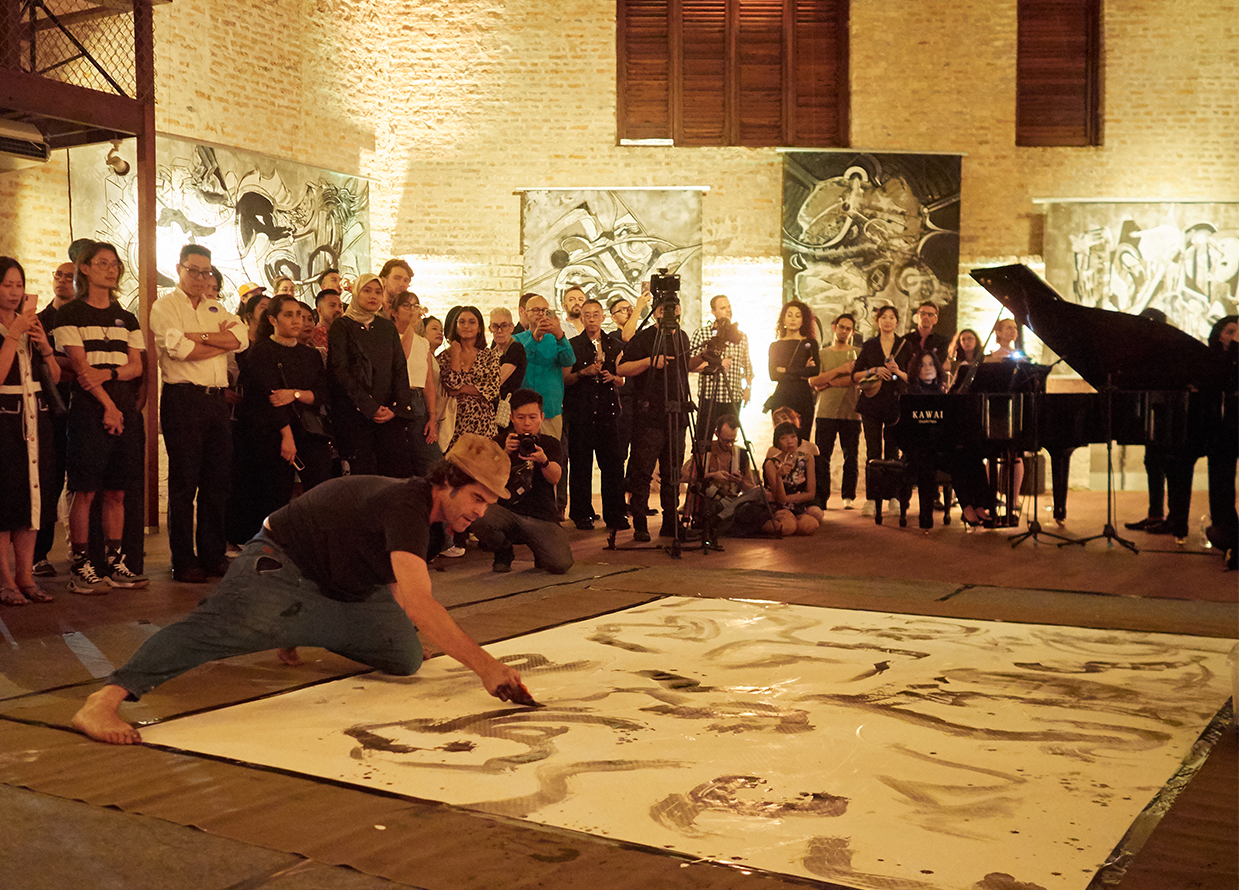
People say art is like a mirror but for French artist Jonathan Vaultman, it’s a journey. He has been through one himself—having come from a scientific background (he has a PhD in veterinary medicine), the Bayonne-born artist only found his true calling in painting in 2015 before properly transitioning into the arts with his first solo show in 2017 in Madrid.
To Vaultman, art and life are not about seeking “definitive explanations”. Rather, it’s the act of enquiry and quiet reflection that he considers the purpose of his craft. “If I can shed light on important questions through my work and encourage viewers to contemplate them, even if only for a brief moment, I consider my job accomplished.”
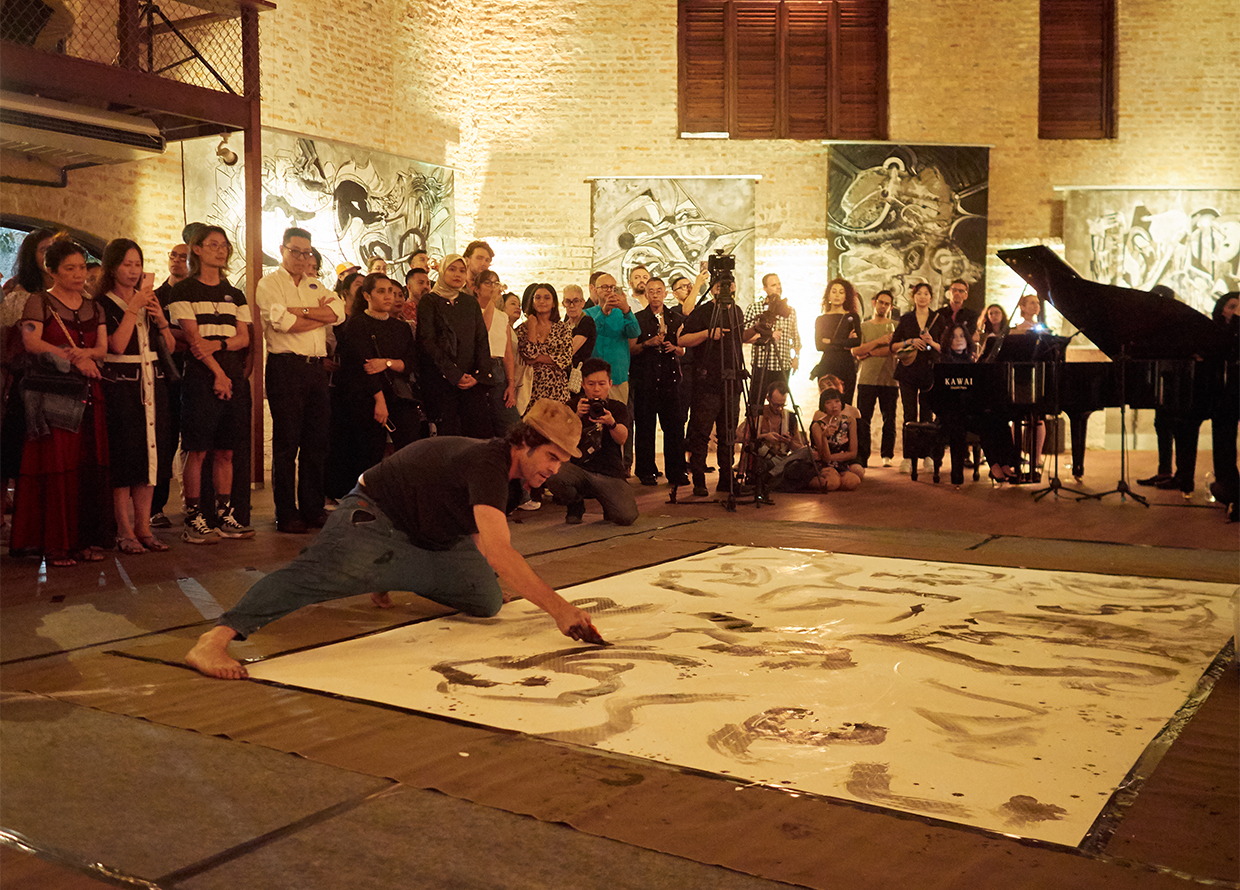
As part of Le French Festival 2023, Vaultman presented his first solo exhibition in Kuala Lumpur which took place at The Godown in June. Titled L’ouevre Au Noir (which translates to Black Work), the collection of artworks see the painter using exclusively black and white colours to bring viewers back to the essential. For his opening night, he even carried out a live art performance with classical pianist Mei Lin Hi and jazz drummer John Thomas which combines two ancient forms of expression: music and art.
Ahead, we caught up with Vaultman on how the process of alchemy inspired his works, the biggest mysteries in life and what he sees in all the darkness.
Congratulations on your first solo exhibition in Kuala Lumpur. Why did you decide to host it at that point in time?
“Thank you very much. It was the alignment of the planets that allowed the Black Work exhibition to come to life. It started with Godown and Emilie Wee and Wan Yee Lim offering their venue to showcase my paintings.
“Then, the Alliance Française, with Violaine Dupic and Asma Manssouri, wished to support the event as part of the French Festival. As I had just finished a series to present to the public, the rest naturally fell into place.”
View this post on Instagram
How has your background in the field of science helped inform your artistic expression?
“The great magic of art is that absolutely everything, from emotions to academic knowledge, can be encompassed within it. So I would say that my scientific knowledge is part of my artistic approach. I explore concepts such as chirality, time, or even scales in my work. To answer directly, my scientific background is one of the keys that allows me to better understand my work.
“However, it is not the only one, as I always seek to connect with other more intuitive factors that involve the embodiment of the creative process. All my artworks are built through a succession of layers, sometimes reasoned and sometimes much more primal and automatic.”
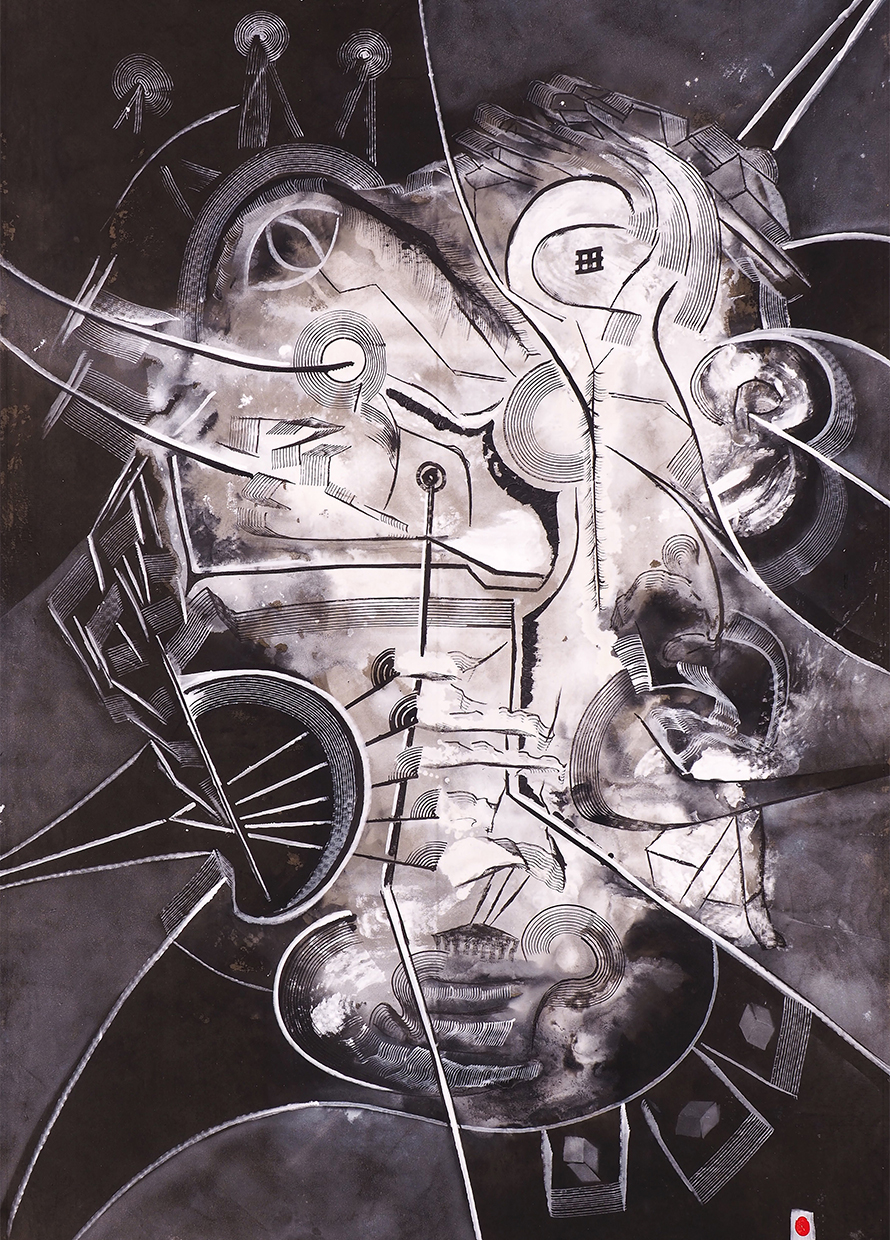
When and why did you make that drastic change to go from a career in science to the arts?
“I began to seriously engage in painting about six years ago. At that time, despite the success of my work (I had developed an original approach to treating racehorses through osteopathy and acupuncture), I felt a deep emptiness within me that I couldn’t fill. I decided to break down the walls of the small cellar in my Parisian apartment and transform it into my first studio. The discovery of the creative act immediately shook me with its infinite potential.
“Painting has since taken up more and more space in my life, to the point where it fills it completely. I would say that painting has taken hold of me more than the other way around. Now I know why I am meant to be in this life.”
View this post on Instagram
You frequently travel between Kuala Lumpur and Paris. How have these two different artistic landscapes shaped you as an artist?
“Even though I currently spend most of my time in Kuala Lumpur, it’s essential for me to regularly move from one place to another. It’s a necessary fuel for my artistic work. Change forces you to question yourself, to remain true to yourself, and to find meaning in your approach. By constantly experiencing new environments and perspectives, I find inspiration and continue to evolve as an artist. It keeps my creativity alive and allows me to explore different facets of my art.
“As for Kuala Lumpur, the kindness of its people, the gentle way of life, and the indolent lightness that comes with the harmonious coexistence of diverse cultures showed me a unique and inspiring atmosphere. It’s a welcomed break from the fast-paced, hectic nature of modern life in some European cities.”
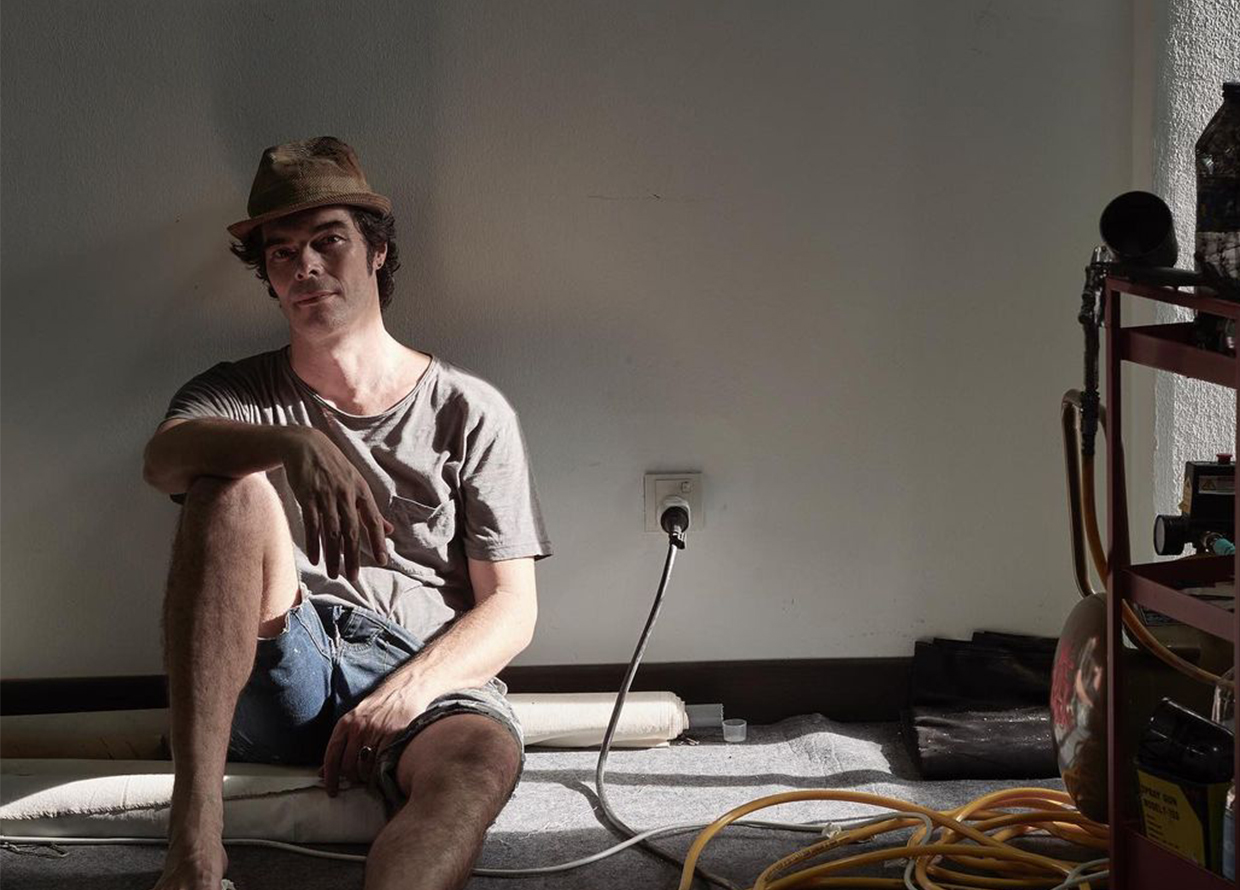
What is the biggest mystery of life you would want to be answered and why?
“I have the impression that the great mysteries of life are interconnected, and perhaps finding answers to one allows us to understand all the others. In my work, I try to establish connections between different concepts, highlighting what links them and uncovering their hidden relationships to evoke the principle of serendipity.
“For me, the goal is not to have a concrete answer but rather to explore paths that bring me closer to it. Ultimately, I am more interested in the journey rather than the destination. It allows me to embrace the unexpected, adapt to new insights, and find inspiration in the challenges and discoveries that arise along the way.”
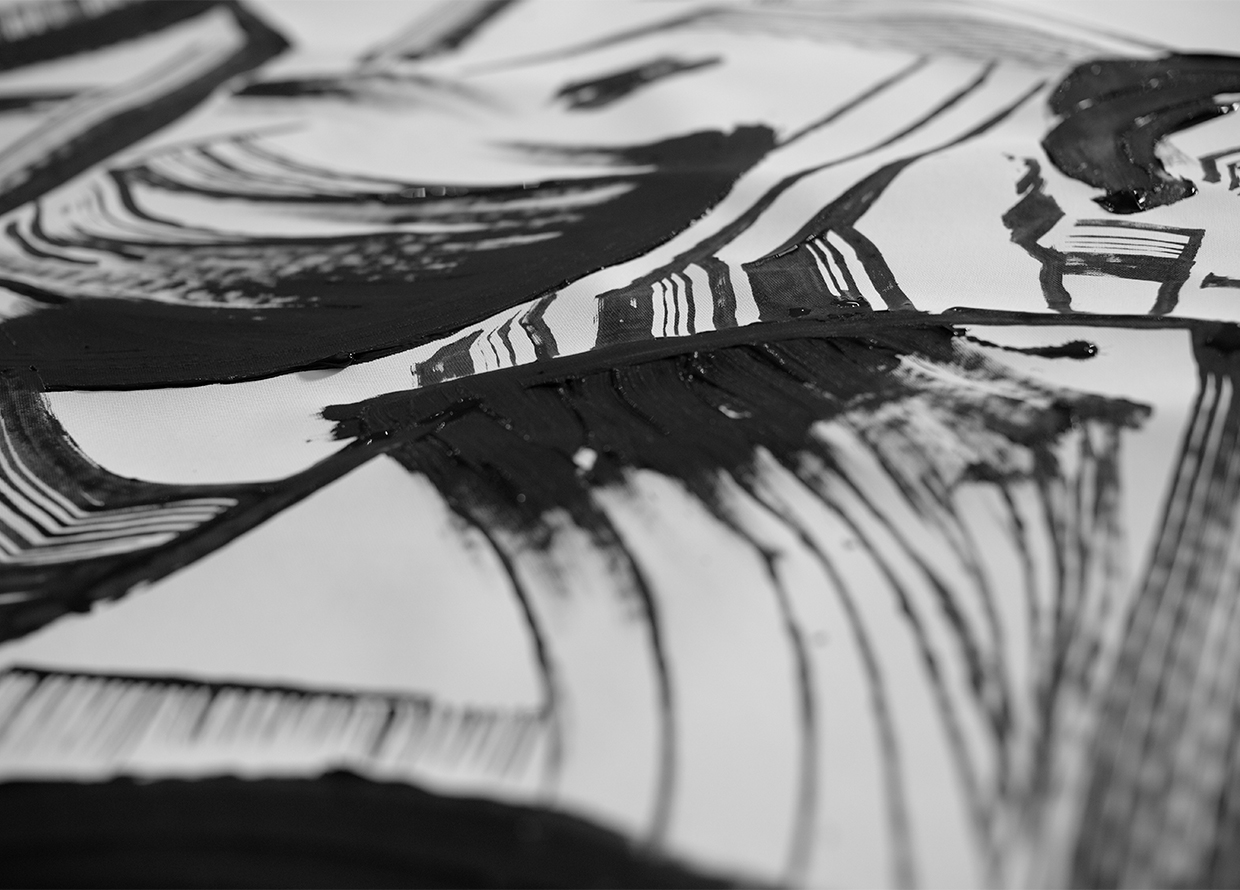
For Black Work, you mostly paint in black and white. Is working with fewer colours more or less difficult as an artist?
“I imagine that there are as many answers to this question as there are artists to ask. The question of the difference between working with colour and black and white may not be about difficulty but rather about affinity or creative desire. During my time in Kuala Lumpur, I felt the need to return to the core of my artistic practice and reflect on why I began painting in the first place. To achieve this, I consciously chose to limit myself to just two colours and employ the simplest technique possible.
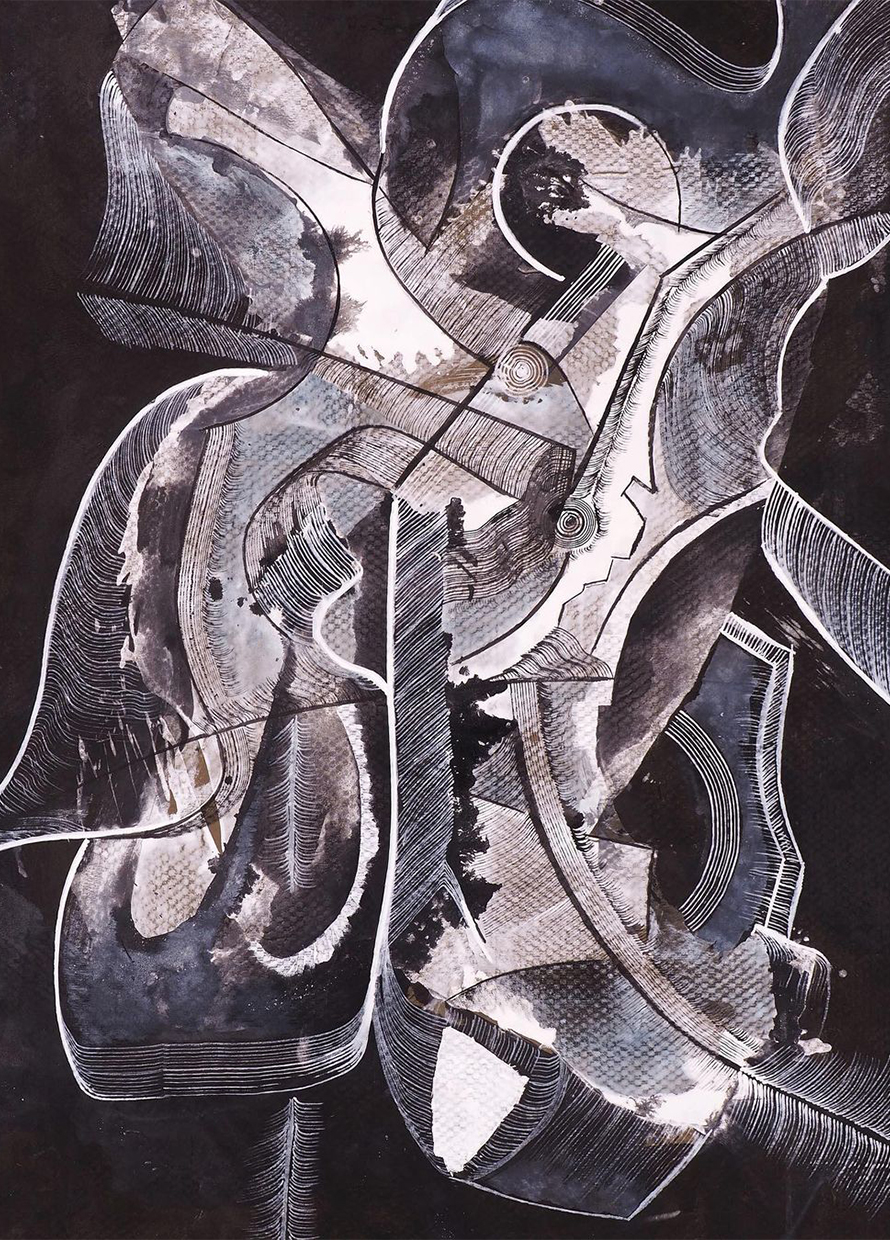
“This deliberate simplification became my way of reconnecting with the fundamental aspects of my art. It was a journey back to the roots of my creative expression, a reminder of the driving forces behind my passion for art. But I like to keep the idea of being able to navigate freely between the two possibilities depending on my needs, desires, and sensitivities at the moment. However, for now, I think I will stick to these two fundamental colours for a while longer.”
As your works reference the first stage of alchemy known as nigredo, what do you hope your art can transmutate into for viewers?
“While I am by no means an expert in alchemy, I wanted to evoke this principle in a poetic and metaphorical manner in this exhibition. The oeuvre au noir represents a symbolic death of matter and spirit in preparation for a luminous rebirth. By drawing inspiration from the concept of nigredo ((which means the putrefaction or decomposition of something before it undergoes a transformation), I aimed to explore the transformative journey of the creative process. It is a path of stripping away layers, diving into the depths of self-exploration, and confronting the darkness within.
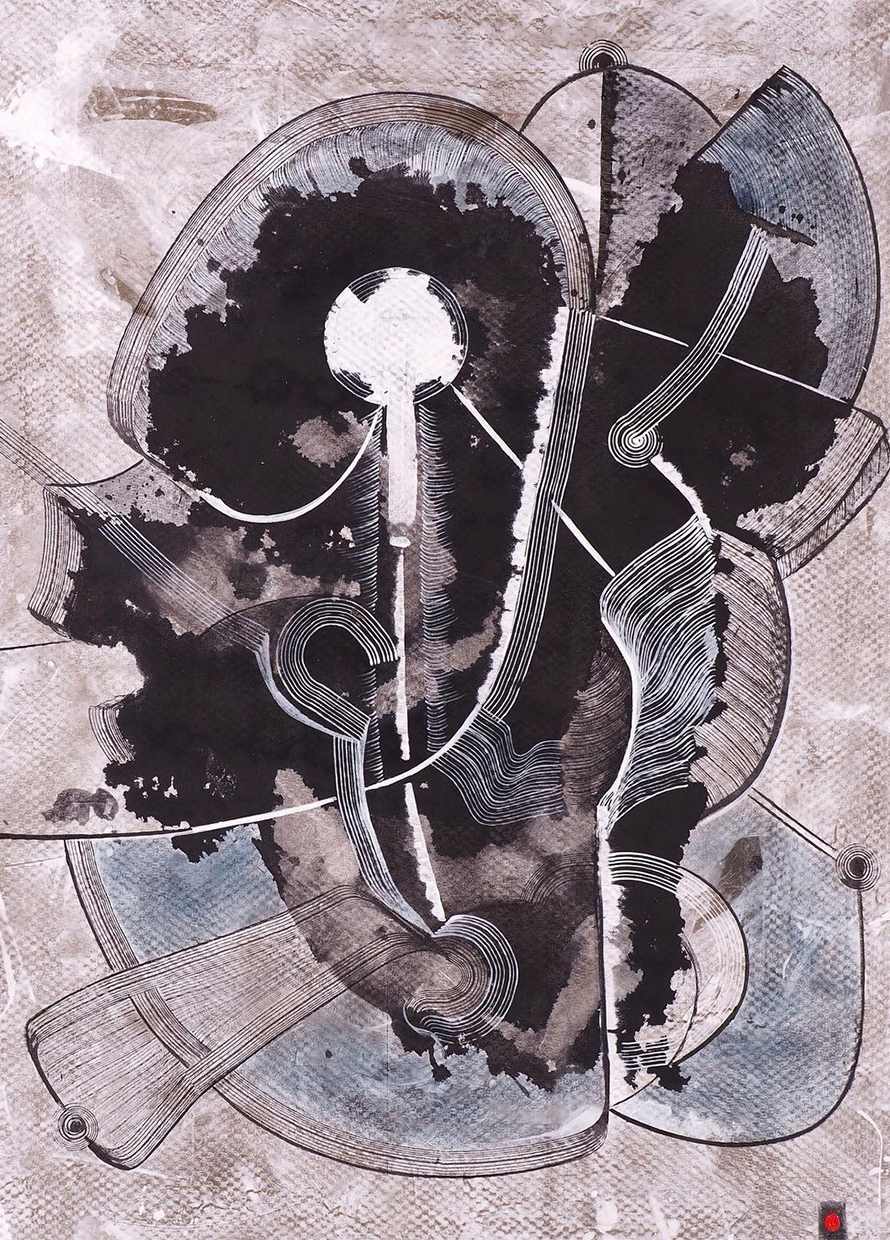
“Through this process, one can attain a renewed sense of clarity, enlightenment, and profound transformation. While there may be no predetermined paths or rules for visitors, I am looking for an inclusive and dynamic space where each person can embark on their own unique journey through the exhibition, making it a personal and meaningful experience for them.
“When the artwork resonates with others and sparks conversations, it extends its impact beyond the canvas and becomes a catalyst for dialogue and connection. It is through this exchange that the artwork can continue to evolve and take on new dimensions of meaning.”
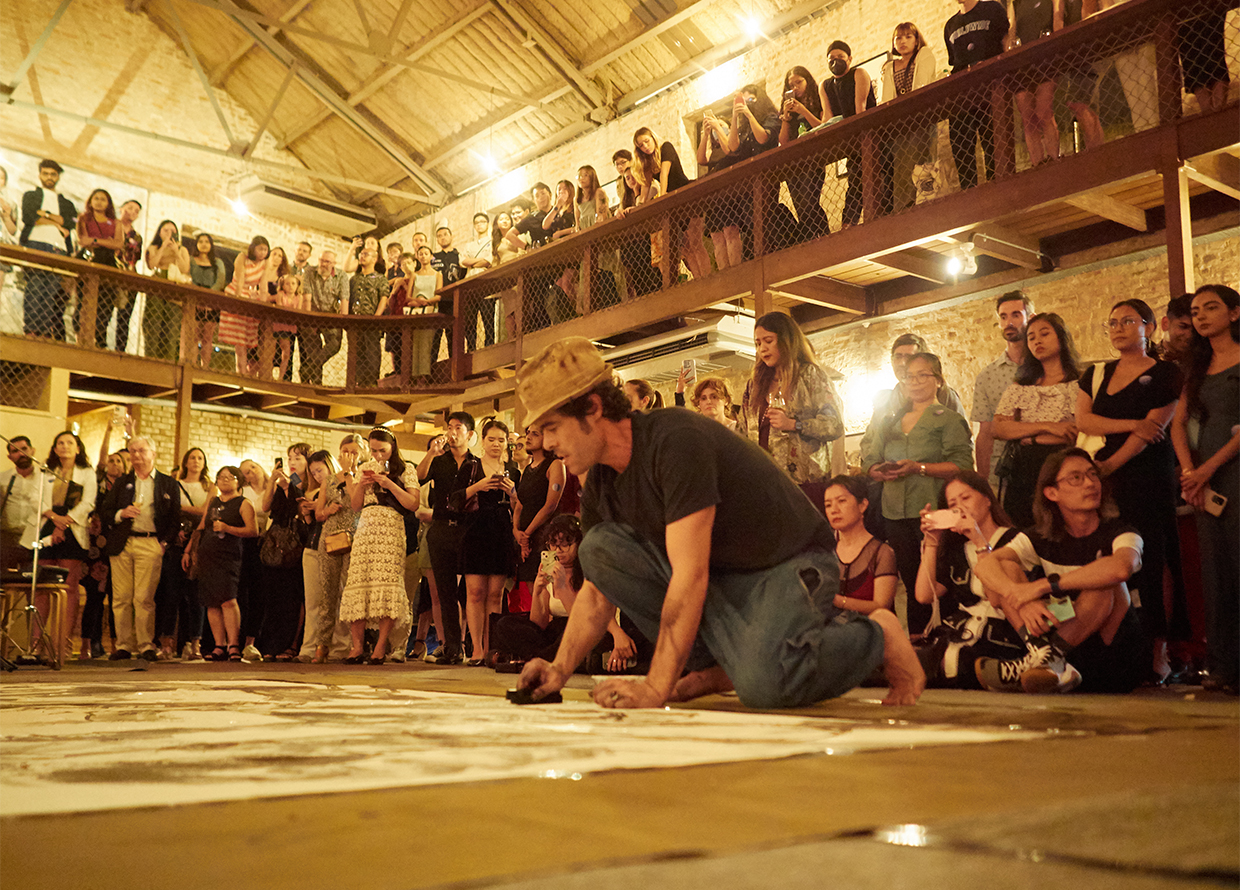
How did you prepare your mind and body for the live art performance?
“To execute a live performance, I try to prepare myself physically to some extent because the energy required is very intense. But certainly, the physical aspect is not, by any means, the most important. From a psychological standpoint, I try to be as neutral and relaxed as possible. The goal of these performances is to come as close as possible to the point of convergence between these two ancient art forms: painting and music.
“I envision myself as a puppet controlled by the rhythms and melodies produced. I strive to minimise intentional actions and allow the body’s primal intuition to express itself to the fullest extent. In each performance, a different yet similar artwork takes shape. It’s the magic of the process, the beginning of a dialogue that forms between the sounds and the strokes.”
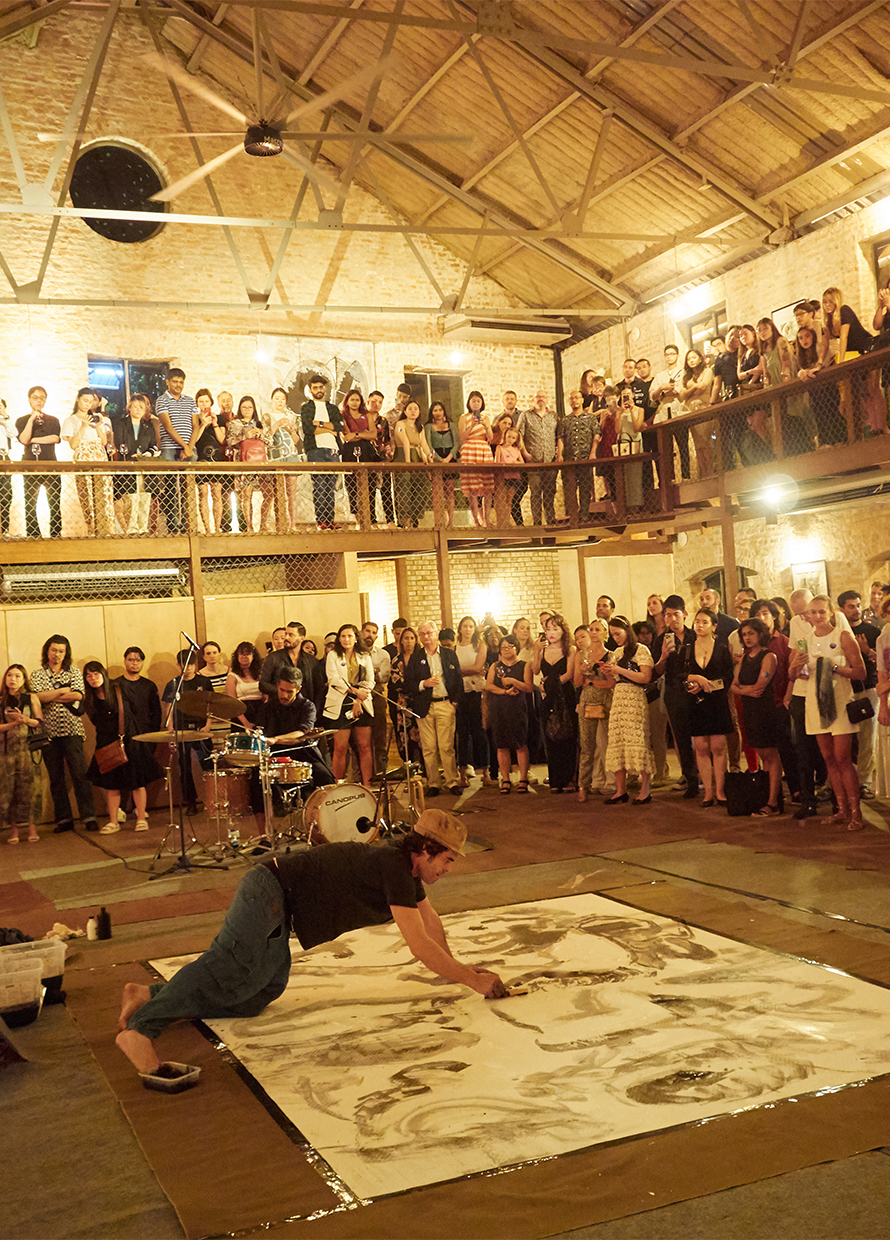
Do you usually have a piece in mind that you want to paint or do you not know where you’re going until you reach it?
“I don’t really have specific rules when it comes to creating a new artwork. I enjoy the freedom of approaching a blank canvas with either a well-defined idea or a spontaneous surrender to chance. Sometimes, I may have a clear vision or concept in mind that I want to bring to life, while other times, I let go of vision and embrace the unexpected. This openness to different approaches and outcomes keeps my artistic process dynamic.
“Indeed, there are moments when the canvas itself takes control and “compels” me to go in a direction that I didn’t initially envision. It’s as if the artwork has a life of its own and guides me through the creative process. This is perhaps the greatest freedom that art offers—the ability to surrender to the unexpected, to let go of preconceived notions, and to allow the artwork to evolve and unfold organically.”
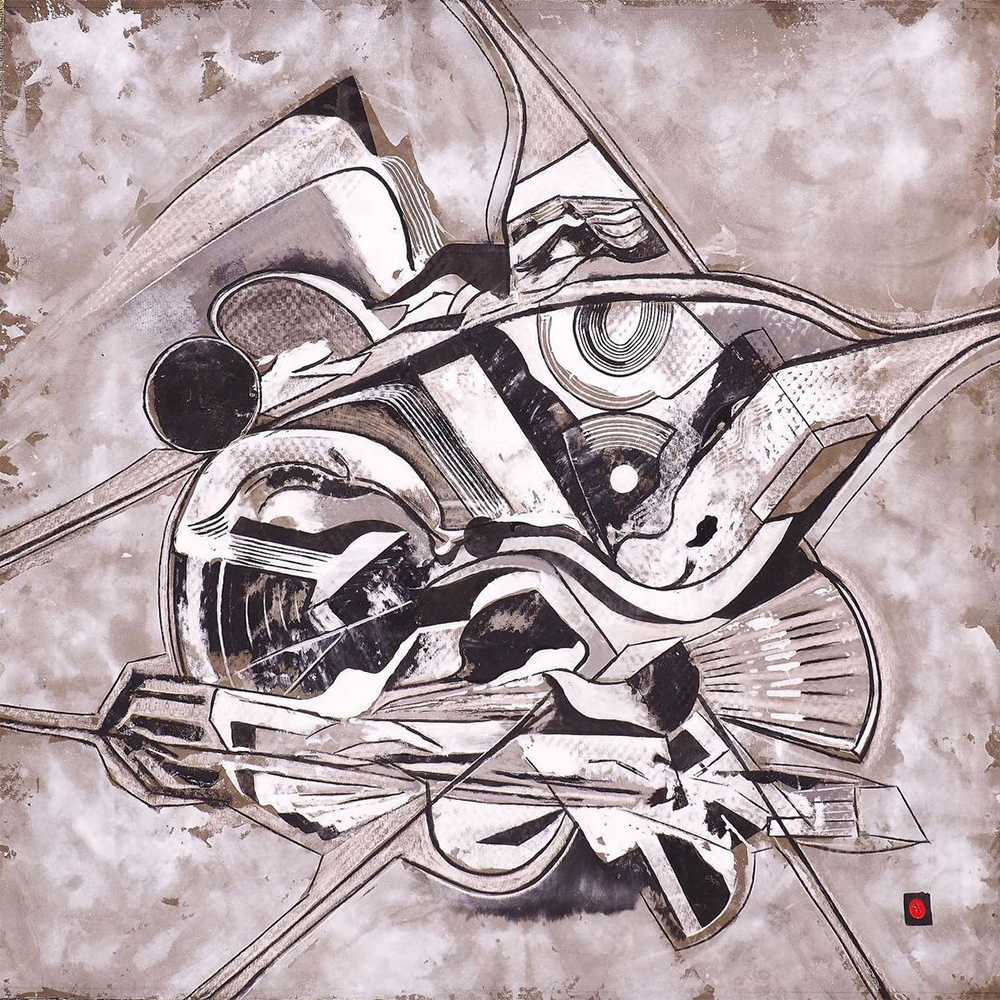
What do you see in the darkness?
“In the darkness, I see the light, or at least I imagine it to discern its direction, because it is in its pursuit that personal growth resides. The contrast between darkness and light serves as a metaphor for the human experience, where challenges and difficulties can lead to personal transformation and enlightenment.
“It is in the pursuit of light that we uncover new layers of ourselves and the world, and that ongoing exploration is what gives life its meaning and significance.”
For more reads on the art scene, head here.
| SHARE THE STORY | |
| Explore More |



